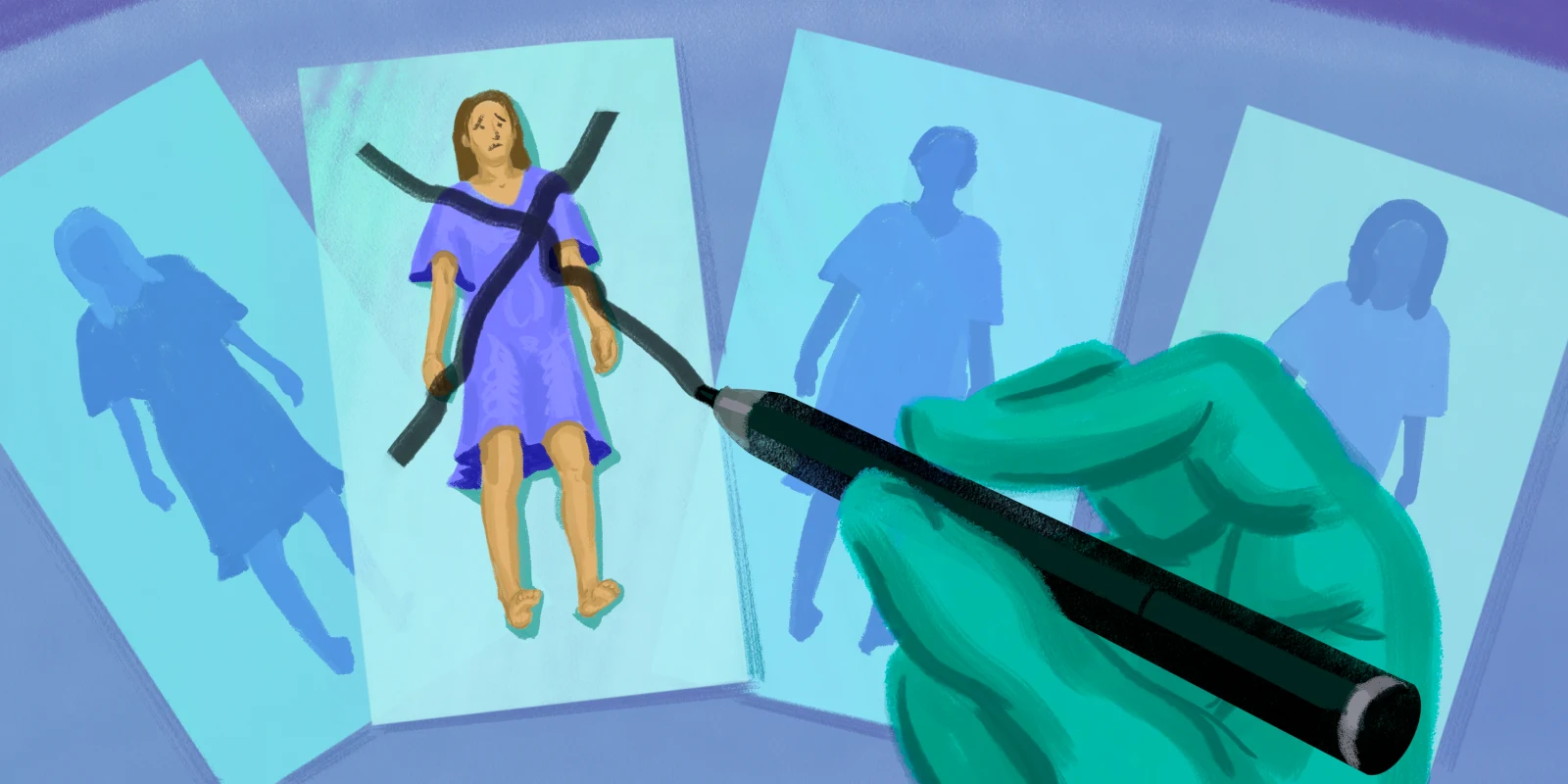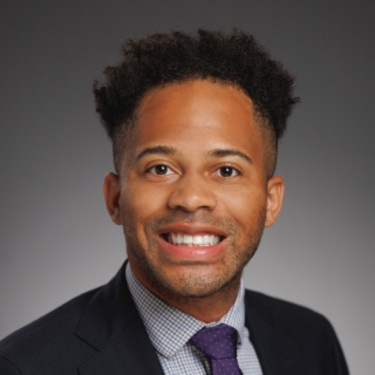During one of our group sessions, our mentor and medical school group leader opened up about her personal journey. “Every time I caught a glimpse of it in the mirror, I felt marked, almost branded,” she confided, her voice catching as she spoke directly to us. She explained that the black X drawn on her skin was a functional marker — overlying a tiny, rice-grain sized indicator used by her surgical team to precisely locate the tumor for an upcoming lumpectomy to treat her breast cancer. Even though she was sharing her own experience as a patient, she continued to teach and guide us through that raw, jarring moment — a collision between her clinical expertise and the vulnerability of being on the other side of care.
“I felt dirty,” she told us. “It felt like it was trying to define me. And I hated it.” Her words were a revelation to me that day. They cast a shadow over something I had always viewed as purely clinical: surgical markings. These marks are a routine and necessary step to guide surgeons where to incise, where to reapproximate tissues, and to confirm the right body part to be operated on. Surgeon mentors in the past taught me to mark with abandon, as utility in the OR was on their mind. But her story revealed something I had never considered — the emotional weight of a mark depends entirely on its context. Hearing from her about the weight of the black ink struck me: How did I not think of this before? Black, a color so often associated with finality and mourning, seemed harsh and unforgiving against the backdrop of her vulnerability. The X, like a wrong answer on an exam, seemed less like a guide and more like a pronouncement — a symbol that marked her body as diseased, as if the cancer itself had inscribed its claim.
For a patient undergoing plastic surgery, markings might symbolize transformation or hope — a carefully laid blueprint for a new beginning. Yet for my mentor, that black X was not a harbinger of change but an unwelcome intrusion, a stark reminder of cancer’s grip on her life. It wasn’t a mark of healing or progress; it was an indictment, a scar before the incision that weighed heavily on her sense of self.
Just as we choose our words with thought and care in medicine to comfort and guide patients, perhaps we should extend that same deliberation to surgical markings. If language, when chosen mindfully, can shape a patient’s experience, then so, too, might a reimagined approach to these physical marks — transforming them from symbols of disease into signals of hope and healing.
Her story made me think about how we, as future clinicians, might approach these moments differently. The contrast between logically understanding the clinical necessity of the mark and the raw emotion of seeing the mark on her own body brought a new perspective to the patient-physician relationship. Could we frame these marks in a way that emphasizes healing rather than disease? Could we engage patients in conversations about what these symbols mean to them? Perhaps it begins with something as simple as explaining the purpose of the marks in a way that connects them to the larger story of recovery, reframing them as tools of precision and hope rather than reminders of illness. Could we offer patients a choice in the appearance of the markings — the color or shape — giving them a sense of agency in a process that so often feels out of their control? Even temporary marks, like the black X, might feel less alienating if they carried a softer hue or symbolized something empowering rather than stark finality. These small changes could profoundly impact the emotional experience of the patient. By engaging in these conversations, we can ensure that even routine aspects of care honor their humanity.
As I move forward in my medical training, I will carry her story with me. Every time I pick up a skin marker, I will think of her. It’s a reminder that every mark we leave, whether physical or emotional, becomes a part of our patients’ narratives. Our responsibility isn’t just to make those marks with care but to ensure that they signify hope, healing, and humanity.
Sahil Nawab is a medical student at UMass Chan Medical School in Worcester, MA. He is an avid aviation enthusiast and private pilot who enjoys exploring the world from many unique perspectives. Sahil is a 2024-2025 Doximity Op-Med Fellow. All identifying information is shared with permission.
Illustration by Jennifer Bogartz






